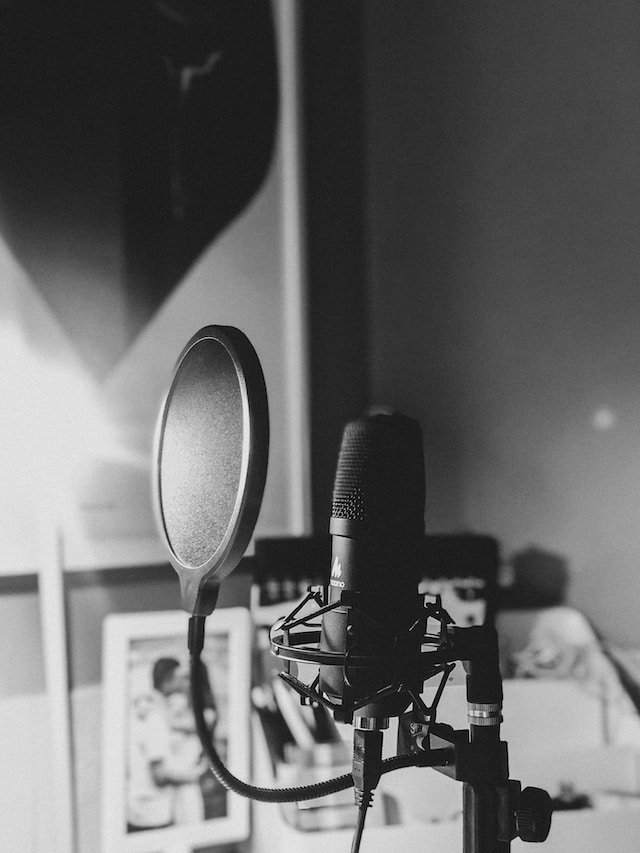
How do you record a voice over?
Recording a voice-over involves several steps to ensure high-quality audio and a professional result. Here's a general guide on how to record a voice-over:
- Script Preparation:
- Start by preparing a clear and well-written script. The script should be free of errors and organized in a way that makes it easy for the voice actor to read.
- Selecting Equipment:
- Choose a high-quality microphone and headphones. A USB microphone or an XLR microphone with an audio interface can be suitable for beginners.
- Make sure you have a quiet recording environment. Consider using a DIY vocal booth or a quiet room to minimize background noise.
- Setting Up Software:
- Install audio recording software on your computer. There are various options available, such as Audacity (free), Adobe Audition, GarageBand (Mac), or other digital audio workstations (DAWs).
- Microphone Setup:
- Position the microphone at the appropriate distance from your mouth. Use a pop filter to reduce plosive sounds ("p" and "b" sounds).
- Recording:
- Open your recording software and set the recording input to your microphone.
- Adjust the microphone gain or input levels to ensure a strong but clean audio signal. Avoid clipping (distortion) by keeping the levels in the safe range.
- Press the record button and begin speaking. Speak clearly, maintain a consistent pace, and follow the script.
- Editing:
- After recording, listen to the audio and edit out any mistakes, pauses, or unwanted sounds. Use the editing software to cut, rearrange, and fine-tune the recording.
- Apply noise reduction if needed to minimize background noise.
- Post-Production:
- Adjust the volume levels to ensure a consistent volume throughout the recording.
- Add any necessary effects, such as EQ (equalization) to enhance the sound quality or compression to control dynamic range.
- Exporting:
- Export the final recording in a suitable audio format (such as WAV or MP3) with the appropriate settings (sample rate and bit depth). High-quality settings are preferable.
- Synchronization (if applicable):
- If the voice-over is intended to be synced with visuals, ensure that the timing of the narration matches the timing of the visuals.
- Review and Revisions:
- Listen to the final recording to ensure it meets your standards. If necessary, make any revisions or edits to further improve the quality.
- Delivery:
- Provide the recorded voice-over to the client or use it in your project as needed.
Remember that practice and experience play a significant role in achieving high-quality voice-over recordings. As you gain more experience, you'll refine your techniques and achieve better results. If you're new to voice-over recording, consider seeking guidance from experienced professionals or voice-over coaches.



